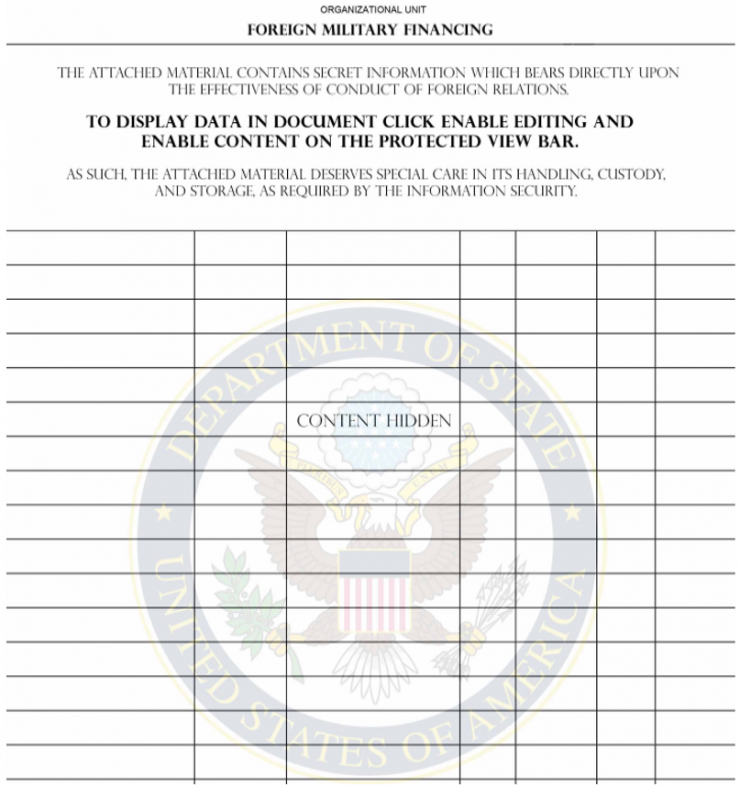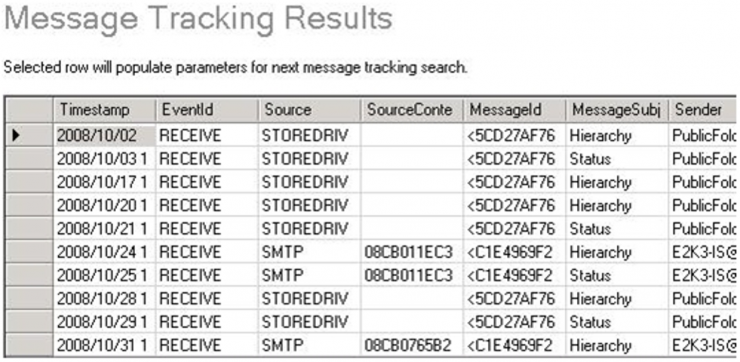In addition to the two previous units, which have gained prominence from the information brought to light in 2018, the GRU has other Military Units linked to signal intelligence, cybersecurity or information warfare. Some of which we can find data in public sources are the following:
- Military Unit 11135 (18th Central Research Institute). Historically ([1]) the Central Scientific Research Institute has been identified within the GRU, which from Moscow designs SIGINT equipment for the GRU and which is perhaps currently this Military Unit, focused today not only on interception of radio and satellite communications but also on wireless devices, SCADA systems or protection of communications ([2]).
- Military Unit 40904, known as the “177th Independent Center for the Management of Technological Development”. Located in Meshcheryakova, 2 (Moscow), with high probability, this unit specializes in signal intelligence processing ([3]).
- Military Unit 36360. Apparently it is a training unit of the GRU in which advanced intelligence courses are taught, at least since January 1949. This training, also apparently and according to open sources, includes topics closely linked to the cyber domain such as the following:
- Telecommunications Engineering (communication by radio, radio broadcasting and television).
- Technologies, networks and communication systems.
- Information systems and technologies: information and analysis.
- Software Engineering.
- Applied Mathematics and Computer Science.
- Information security.
- Computer software.
- Automated information processing and control systems.
- Translation and translation studies (linguistics).
- Military Unit 54726 (46th Central Research Institute), a center focused on military technical information, especially on the capabilities of foreign countries, which potentially includes research in the cyber field.



